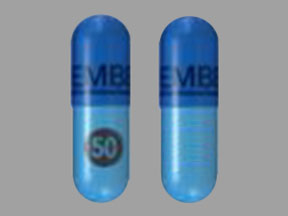Morphine/naltrexone Interactions
There are 811 drugs known to interact with morphine/naltrexone, along with 18 disease interactions, and 1 alcohol/food interaction. Of the total drug interactions, 216 are major, 580 are moderate, and 15 are minor.
- View all 811 medications that may interact with morphine/naltrexone
- View morphine/naltrexone alcohol/food interactions (1)
- View morphine/naltrexone disease interactions (18)
Most frequently checked interactions
View interaction reports for morphine / naltrexone and the medicines listed below.
- Abilify (aripiprazole)
- Adderall (amphetamine / dextroamphetamine)
- Adderall XR (amphetamine / dextroamphetamine)
- Benadryl Allergy (diphenhydramine)
- Celebrex (celecoxib)
- Crestor (rosuvastatin)
- Cymbalta (duloxetine)
- Demerol (meperidine)
- Dilaudid (hydromorphone)
- Flexeril (cyclobenzaprine)
- Lortab (acetaminophen / hydrocodone)
- Lyrica (pregabalin)
- Morphine LP Epidural (morphine)
- Morphine Sulfate ER (morphine)
- Morphine Sulfate IR (morphine)
- Morphine Sulfate SR (morphine)
- Norco (acetaminophen / hydrocodone)
- OxyContin (oxycodone)
- Paracetamol (acetaminophen)
- Percocet (acetaminophen / oxycodone)
- Phenergan (promethazine)
- Plaquenil (hydroxychloroquine)
- Premarin (conjugated estrogens)
- Seroquel (quetiapine)
- Tylenol with Codeine #3 (acetaminophen / codeine)
- Valium (diazepam)
- Ventolin HFA (albuterol)
- Vicodin (acetaminophen / hydrocodone)
- Vyvanse (lisdexamfetamine)
- Zyrtec (cetirizine)
Morphine/naltrexone alcohol/food interactions
There is 1 alcohol/food interaction with morphine / naltrexone.
Morphine/naltrexone disease interactions
There are 18 disease interactions with morphine / naltrexone which include:
- hepatic dysfunction
- impaired GI motility
- infectious diarrhea
- prematurity
- acute alcohol intoxication
- drug dependence
- hypotension
- intracranial pressure
- respiratory depression
- gastrointestinal obstruction
- adrenal insufficiency
- liver disease
- renal dysfunction
- seizure disorders
- urinary retention
- arrhythmias
- hepatic/renal dysfunction
- biliary tract disease
More about morphine / naltrexone
- morphine/naltrexone consumer information
- Compare alternatives
- Reviews (50)
- Side effects
- Dosage information
- During pregnancy
- Drug class: narcotic analgesic combinations
Related treatment guides
Drug Interaction Classification
| Highly clinically significant. Avoid combinations; the risk of the interaction outweighs the benefit. | |
| Moderately clinically significant. Usually avoid combinations; use it only under special circumstances. | |
| Minimally clinically significant. Minimize risk; assess risk and consider an alternative drug, take steps to circumvent the interaction risk and/or institute a monitoring plan. | |
| No interaction information available. |
See also:
Further information
Always consult your healthcare provider to ensure the information displayed on this page applies to your personal circumstances.


